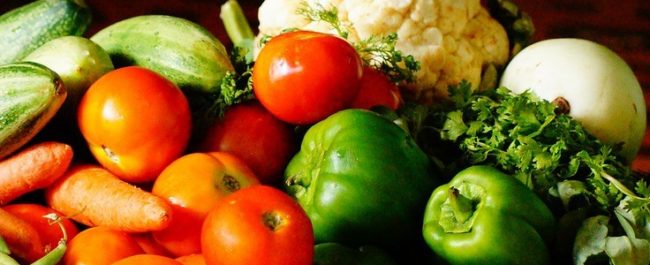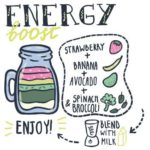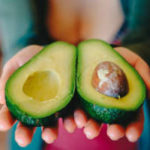Produce That Is Currently In Season & The Health Benefits
Eating fresh, in-season veggies is a great way to support local businesses and eat healthy. As winter comes to an end and spring approaches, the following fruits and vegetables can be commonly found at your local produce providers:
Avacados
Did you know that avocados are sugar, sodium, cholesterol, and trans-fat free? Or that avocado contains more than 20 vitamins and minerals? To top it all off, this fruit is also considered heart healthy and is an excellent source of fiber.
Apples
Did you know that there are more than 7,500 types of apples? In the United States, around 2,500 varieties are grown each year. There’s a reason for the old saying “An apple a day keeps the doctor away” – this delicious fruit is sodium, fat, and cholesterol free. Apples are also
Research has also shown that the antioxidants in apples could help to reduce the risk of cancer, hypertension, heart disease, and diabetes.
Broccoli
Broccoli is high in Vitamins C and K, folate, fiber, and is also an excellent source of potassium. Broccoli also contains bioactive compounds that have been shown to reduce inflammation in the body and researchers are testing how these compounds can help those with disease involving chronic inflammation.
Cabbage
This leafy green veggie is absolutely full of nutrients including protein, fiber, Vitamin C, folate, potassium, and magnesium. Like broccoli, research has shown that cabbage can reduce inflammation.
There are many ways that cabbage can be enjoyed, but some of the more popular dishes involve stews, soups, and sauerkraut.
Carrots
Did you know that the majority of carrots used to be purple instead of orange? While it is still possible to buy purple, white, yellow, and even red carrots, orange is the most well known color.
This low-calorie veggie has been shown to help with eye health and lower cholesterol levels.
Radishes
Adding radishes to a salad, eating them pickled, drinking radish juice, or just enjoying a radish slice with some dip has been show to help boost the immune system, help control blood pressure, improve digestion, and improve skin. Radishes also contain high amounts of water so it can aid in hydration as well!
Asperagus
Throughout history, many cultures have believed that asparagus could help to cure many ailments – including a toothache! While this may not be true, asparagus does have some wonderful health benefits.
This green stalk has Vitamins K, C, E and A, folate, potassium, and fiber. It’s also full of antioxidants! Asparagus can help with weight loss, healthy digestion, and can support a healthy pregnancy.
Peas
There are several different types of pea and each one is very easy to grow in a home garden. Although technically not a vegetable (peas are part of the legume family), these little green balls are still a wonderful addition to any diet.
Each is an excellent source of Vitamins C and K, thiamin, copper, and manganese. Studies have shown that eating peas may also reduce the risk of developing certain types of cancer and heart disease.
How Can I Find Out What’s In-Season?
These are just a few examples of the fruits and veggies that are in season this winter and early spring. You can learn more about the fruits and vegetables that are in-season during each time of year at the Department of Agricultures website.
Whether you use them to make a favored dish or try a new recipe, adding these to your diet can help you live a healthier, happier life.







